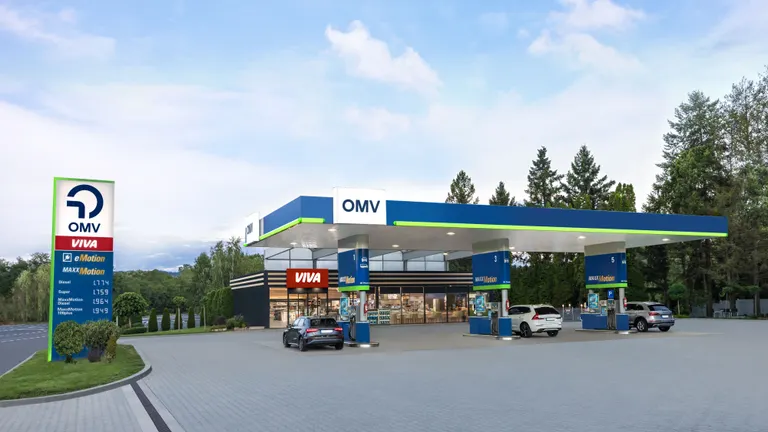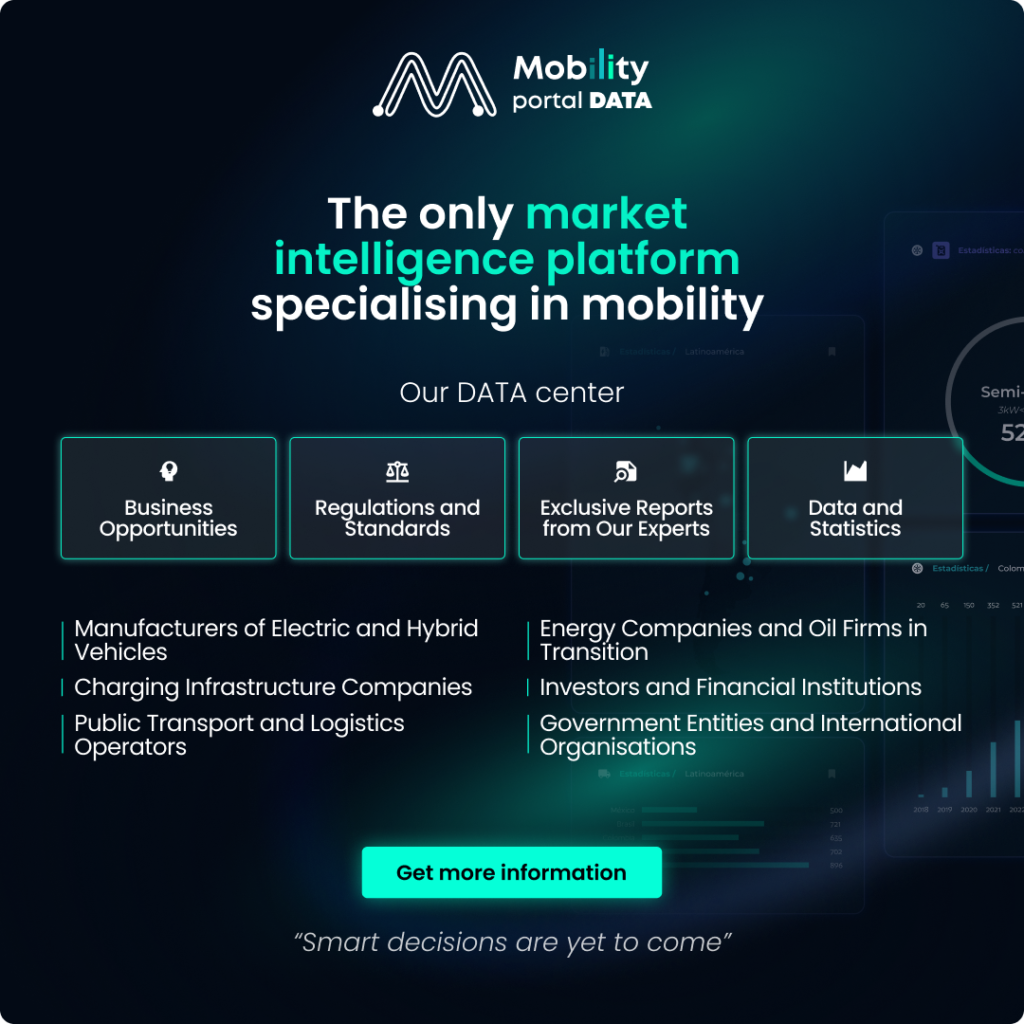This decision responds to the low acceptance of these alternative propulsion technologies and the lack of profitability of the affected refuelling points.
Michal Kubinec, head of OMV’s service station business, stated the company does not expect this trend to reverse, according to Austrian media such as VGN Medien Holding and Kleine Zeitung.
OMV Petrom previously suspended hydrogen station operations in Vienna and plans to close others in Graz, Innsbruck, Asten, and Wiener Neudorf during the summer of 2025, citing economic inefficiency.
Concurrently, OMV is strengthening its commitment to electric mobility through the eMotion brand. This initiative includes the installation of 2,000 fast and ultra-fast charging points across Austria, Romania, Slovakia, and Hungary by 2030. The chargers will offer between 150 kW and 300 kW and will be primarily powered by renewable energy.
The eMotion network also features a mobile application designed to facilitate locating charging stations, managing charging sessions, and processing secure payments.
In Romania, OMV Petrom inaugurated the country’s largest electric vehicle charging hub on the A1 motorway near Miercurea Sibiului. This hub includes 34 fast-charging points—16 for cars and 18 for trucks—with a total installed capacity of 10 MW. Car chargers provide up to 300 kW, enabling a full charge in 15 to 20 minutes, while truck chargers offer 400 kW, reducing charging time to 1.5 to 2 hours.
These actions form part of OMV Petrom’s strategy to achieve net-zero emissions by 2050, aligning with the European Union’s climate goals. The company continues to invest in clean energy projects, including green hydrogen production at its Schwechat refinery near Vienna, with an annual capacity of up to 1,500 metric tonnes.
Through these measures, OMV Petrom is reinforcing its commitment to a more sustainable mobility transition, adapting to market demands and contributing to emission reductions in the region.







